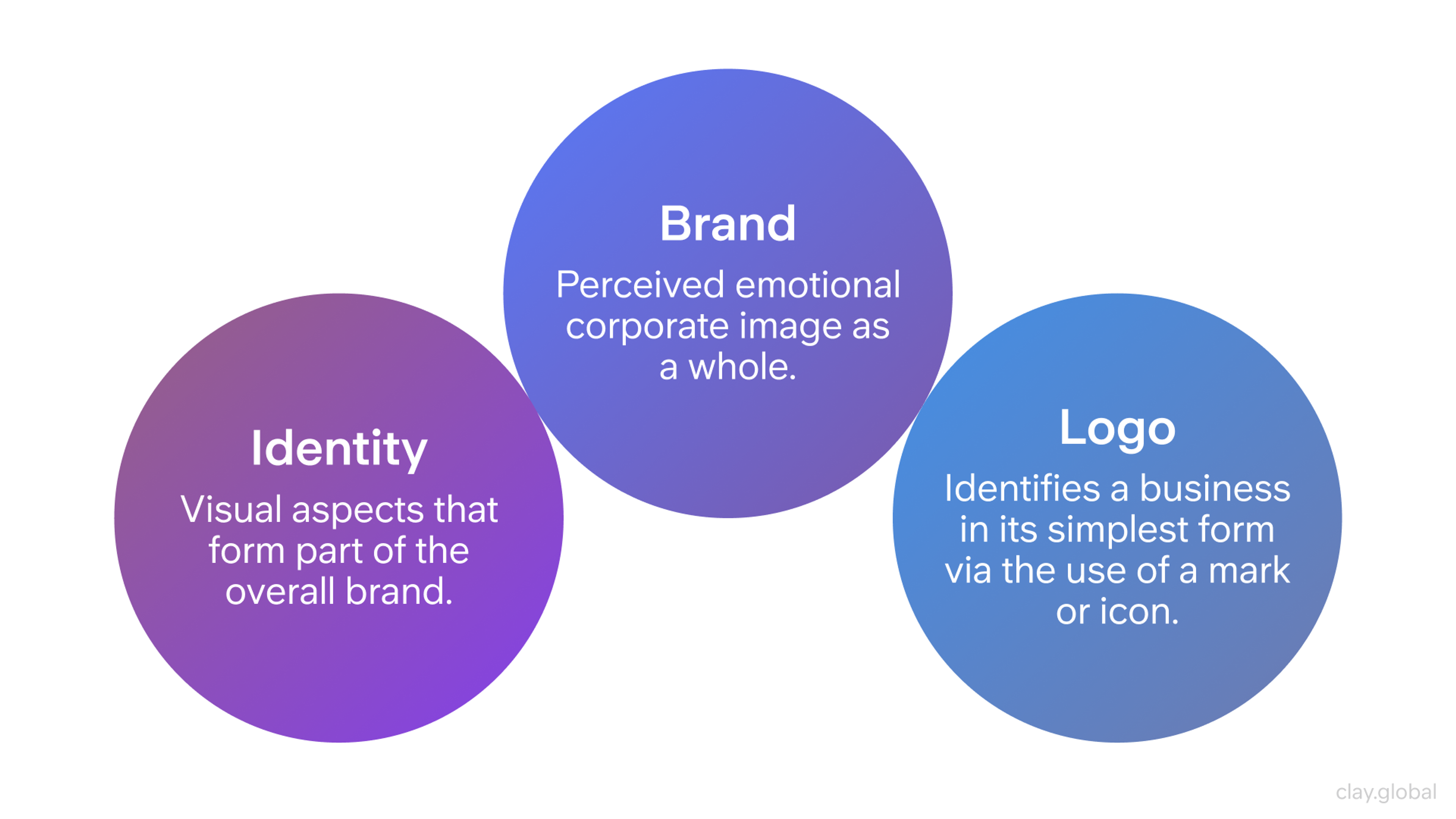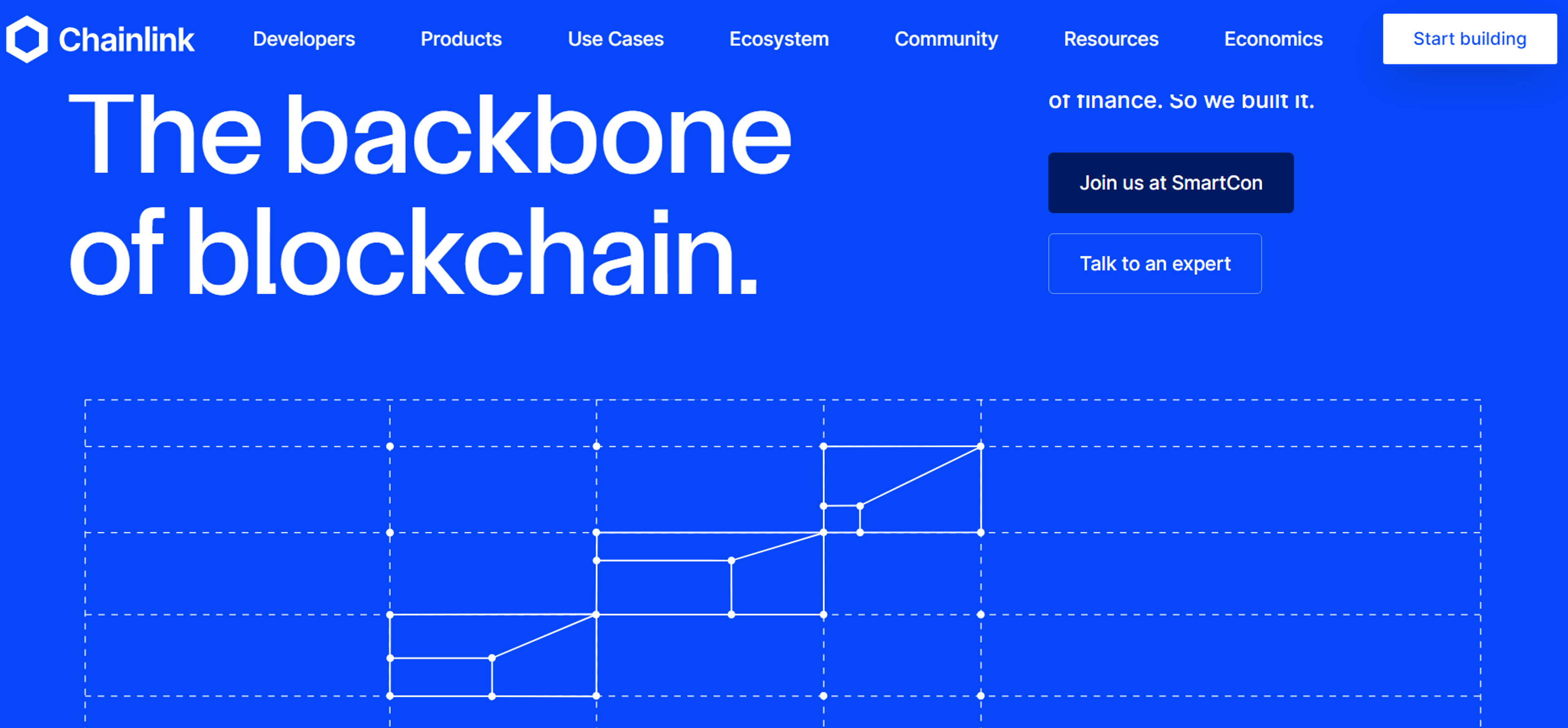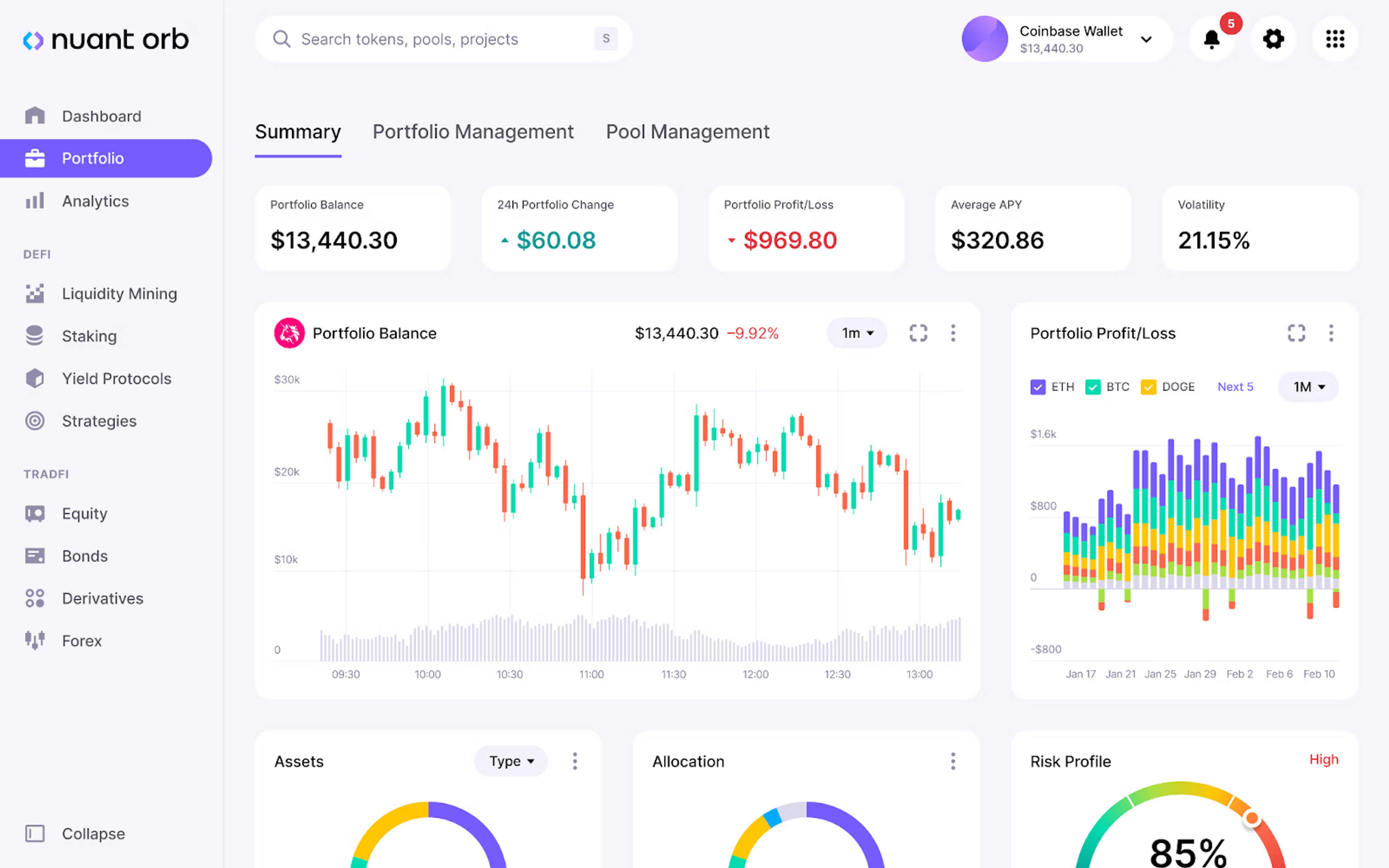Web3 is not a simple upgrade. It is a major shift. It aims to create a user-owned, decentralized internet powered by blockchains.
You will see cryptocurrencies, DAOs, DeFi, and NFT markets. The space moves fast and changes often. New tech alone is not enough.
Projects that win share one trait: strong branding. Clear branding builds trust and reduces doubt. It drives adoption, sets you apart, and grows active communities.
This piece looks at why crypto branding matters. It shows how branding builds trust, boosts usage, and highlights your difference. It also explains how branding helps sustain engaged communities over time.
For crypto teams, memorable visuals and honest stories matter. They make your project stand out and connect with people on an emotional level.
Key Takeaways
1.
Branding Builds Trust in a Skeptical Market: In the absence of regulation, branding signals legitimacy. Chainlink’s institutional visuals and real-world partnerships communicate reliability and professionalism.2.
It’s More Than a Logo — It’s an Identity: Effective branding conveys emotion and purpose. Ethereum’s minimal, builder-focused design and open-source ethos make it approachable and trustworthy.3.
Visual Distinction Drives Recognition: In a saturated market, a unique look matters. Uniswap’s playful UI and unicorn mascot make it instantly recognizable compared to generic DEX clones.4.
Community Is the Heart of Web3 Brands: Loyal communities drive value. BAYC’s gritty aesthetic and “elite club” vibe created viral momentum and celebrity engagement, turning NFTs into cultural icons.5.
Consistency Across Touchpoints Builds Credibility: Conflicting messaging damages trust. A unified tone across websites, socials, and documentation prevents confusion and builds a cohesive identity.6.
UX Is Branding in Action: A clean interface builds trust and encourages use. Nuant’s bold, tech-forward visual system made its platform both user-friendly and visually distinct.7.
Avoid Hype-Driven Branding — Focus on Utility: Branding based on real-world impact beats speculation. Projects that highlight actual problems they solve, not just token price, build lasting trust.
Why Branding in Web3 and Crypto Projects Is More Than Just a Logo
Let’s clarify: branding is more than your logo and color palette. It is the emotional and strategic identity of the project, often conveyed through a compelling brand story that resonates with users. It is how users feel when they see the token, dApp, or protocol. In the world of Web3, where trust is scarce and attention spans are a few seconds, this feeling means everything.
A potent Web3 brand identity fosters meaningful relationships that transform audience engagement. It constructs stories, a visual style, and an organizational spirit. Failing to incorporate such elements can lead to the demise of even the most promising crypto projects.
Brand Identity Elements by Clay

Crypto’s Trust Deficit: Why Web3 Branding Builds Credibility
Watchful users result from scams, hacks, and faceless teams. Unlike traditional markets, which rely on reviews and established reputations, trust does not exist without regulations. Centralization, while a pillar value, adds confusion for the average user.
This highlights the purpose of deep branding.
Legitimacy is steered as a reliable crypto weapon like any other. It signals legitimacy through polished branding alongside a functional website. Their graphics showcase skill and responsibility alongside carefulness.
A well-crafted brand displays:
- Reliable communication: A strong narrative explains project rationale and rough future direction, which is tangible to seek.
- Reliable Aesthetic: A unified tone and maintaining consistency across all platforms reduce confusion and foster trust.
Every company communicates its identity as a confidential bond in a distrustful world. Consider it as your brand. It’s the first (and possibly the exclusive) opportunity offered to leave a lasting impression.
Standing Out in a Saturated Web3 Ecosystem
It’s safe to say the blockchain ecosystem is a crowded market, overflowing with NFT Drops, Meme Coins, and DeFi Protocols that are being churned out daily. They all appear the same at some level without giving them a second look.
Branding makes your project stand out and is recognizable with clear definitions. In this case, you can say: “And here’s why We’re Different.”
A good case study here is Uniswap. You can find a playful color scheme UI, a unicorn mascot, and its stunning branding all over the decentralized world, making it stand apart from Untrade braces and other DEX clones, which all have the same features, lackluster and dull design branding along with DEXs.
To stand out in Web3:
- Tell a visual story.
- Identify a tone that fits your mission, whether serious, playful, rebellious, or something else.
- Please pay special attention to branding and ensure it’s accompanied by proper user experience. Combined polished branding paired with UX will aid in outperforming competitors.
In addition to this, adoption is essential alongside features.
Web3 Communities Start and Grow With Branding
Community is what makes Web3 come alive. From token holders to DAO contributors and NFT buyers, every user actively engages the platforms, showing that they aren’t just passive consumers but participants.
A strong brand provides a cause that can attract support from various people, thus allowing them to share and foster a loyal following. That gives fosters a feeling of community.
Here are some of the best examples of community-driven crypto branding:
Bored Ape Yacht Club: What began as a humorous NFT collection quickly evolved into a global cultural phenomenon. BAYC’s irreverent tone, paired with a consistently gritty and rebellious visual style — graffiti-like typography, mutant ape avatars, and club-inspired symbols — created an instant emotional hook.
The exclusivity of owning an ape and gaining access to a "yacht club" cemented the idea of elite membership, making holders feel like insiders. This brand identity was instrumental in attracting celebrities, creating viral moments, and driving sky-high secondary market value. Today, BAYC is more than a digital asset — it’s a status symbol and community badge.
Source: boredapeyachtclub

Ethereum: Despite its deep technical roots, Ethereum managed to cultivate a brand that welcomes innovation and experimentation. Its branding — minimal, modular, and often community-curated — reinforces the idea of Ethereum as a protocol for builders.
The understated design language, paired with comprehensive documentation and a transparent development process, has made it approachable to developers while maintaining credibility with institutions.
The open-source ethos is embedded in everything from Ethereum Foundation messaging to conference visuals, helping Ethereum remain the default home for many Web3 projects.
Chainlink: Chainlink’s brand stands out by emphasizing dependability and institutional-grade professionalism. Its cool-toned palette, precise iconography, and secure, almost scientific visual style communicate that Chainlink is a foundational piece of infrastructure.
This trustworthiness is reinforced by the brand’s use of real-world partnerships in marketing materials, showcasing integrations with leading financial institutions and protocols.
As a result, Chainlink appeals to both developers and enterprises looking for stable, reliable oracles — making its name synonymous with credibility in decentralized finance (DeFi).
Source: chain.link

All of these brands work because they cater to the values of their respective communities. In Web3, that coherence changes everything.
Key Elements of Successful Web3 & Crypto Branding
Define a Clear Brand Identity and Message
A successful brand in Web3 or crypto starts with an articulated identity, including the project's goals, mission, and values. Make clear your project’s mission, values, and fundamental goals at the very start. Then, carve out a cohesive tone, voice, and visual identity to foster brand recall.
Create brand assets and content in advance, define strategies, and control the brand image across various platforms. Following the latest trends in crypto marketing will ensure that the brand reaches new audiences and remains relevant.
Craft a Memorable Visual Identity
Visuals matter. A powerful logo, along with a distinct, emotionally engaging color palette for the primary audience, widens brand reach. Ensure that design elements are similarly used across different platforms, such as websites, social networks, and community channels, to foster brand recognition and trust. A strong example of this is our work for Nuant — a platform simplifying digital asset portfolio management.
We developed a bold, tech-forward visual identity anchored in a modular logo system and a vivid color palette that communicates clarity and control. The consistent use of these visual elements across Nuant’s website, dashboards, and marketing channels not only distinguished the brand in a crowded Web3 landscape but also strengthened user trust and product cohesion.
Nuant Design System by Clay

Educate and Empower Your Audience
Everyone in the crypto audience should have the opportunity to appreciate your technology for what it is and its benefits. Create educational content like blogs, videos, and how-to manuals that address challenging topics. Assisting with information enables the brand to capture authority in the market.
Common Crypto Branding Mistakes
Web3 moves fast, and many skip strategy. Teams rush tokens and NFT drops, then treat branding as an afterthought. Weak or inconsistent branding hurts credibility, adoption, and reputation over time.
1. Overly Complex Visuals
Complex design may impress insiders but can exclude casual users. Some logos feel like Solidity diagrams — dense and hard to read. Too many metaphors create clutter and confusion.
What to do instead:
Strive for striking designs that are easy to remember and recognize. Your logo should work perfectly on Discord avatars and billboards. Clarity is key, but brand trust is built through a clean design. Remember that versatility should not compromise trust creation. Clean design communicates professionalism and fosters an emotional connection with the audience.
2. Inconsistent Messaging Across Platforms
Your Twitter bio says one thing, your website says another. Your whitepaper tells a different story. Mixed messages create confusion and erode trust. People may think your project is disorganized or even a scam.
Use a consistent tone, vocabulary, and story to build brand identity. This also helps you claim a clear place in the market. In crypto, scams are common and skepticism is high. Mixed messages raise red flags. Keep your message aligned across channels. Consistency reduces doubt and invites engagement.
What to do instead:
Craft a messaging strategy that resonates with all users. Position your project’s mission, tagline, and value propositions in key areas such as social media, landing pages, blogs, and investor pitches. Create a brand voice that aligns with your target audience, whether technical, playful, educational, etc., and remain loyal. This coherence builds trust and helps maintain trust among users.
3. Neglecting UX and UI Design
Branding fails without a clean interface. Many crypto projects chase features and tokenomics. The result is confusing, frustrating products. New users struggle to find their way.
Great UX/UI is more than a fresh coat of paint. It is the core of your brand. It shapes how people use your product and how they feel. It also decides whether they come back or leave.
What to do instead:
Shift your focus to design. Ensure that onboarding flows smoothly without obstructions and conduct interface testing with actual users. If users experience your dApp or wallet and it feels like software crafted solely for engineers, you’re in trouble. A clean and straightforward interface transforms visitors into devoted constituents, ensuring they feel secure while using your product.
4. Ignoring Community Feedback
In Web3, your community is your brand. Many teams ignore community input. Sometimes there is no feedback system. Sometimes feedback arrives in the wrong format. This gap creates friction. It keeps builders and users from working together.
Source: Pierre Borthiry - Peiobty on Unsplash

Communities do more than wait for launches. They shape your reputation and share your story. They offer real insights from real use. Treat them as partners, not just an audience.
What to do instead:
Engage users in community-driven branding initiatives through Discord, Telegram, Twitter Spaces, or AMAs. Set up voting on logo variants, add naming features of content, and collect general feedback for brand shaping. Trust is built when the expectations are met by highlighting user actions and enhancing contribution recognition services. Advocates emerge when brand loyalty assuredly builds trust.
5. Overreliance on Hype and Speculation
Another trap many crypto startups fall into is building their entire brand on hype — shilling price action, teasing announcements, or overpromising future features. While this may generate short-term buzz, it creates unrealistic expectations and undermines long-term trust when delivery falls short.
What to do instead:
Build your brand on substance, not guesses. Show the real problems you solve and your roadmap. Share the progress you have already made. Tell a story based on value, utility, and purpose, not price predictions. Hype fades. Trust lasts. Real engagement fuels adoption.
FAQ
Q: Isn’t a Logo Enough for a Web3 Brand?
No. A Web3 brand includes storytelling, tone, visuals, UX, and values — not just a logo. It's about how the project feels, not just how it looks.
Q: How Does Branding Influence Tokenomics Perception in Web3?
Branding can shape how users interpret a token’s utility, scarcity, and long-term value. A well-branded token signals purpose and seriousness, making speculative models appear more credible.
Q: Can AI-generated Branding Assets Hurt or Help Credibility in Web3?
AI tools can accelerate branding, but overuse of generic assets may signal low effort or inauthenticity. Projects that use AI as a co-creator — while keeping human originality — strike the right balance.
Read more:
Conclusion
In a continually evolving Web3 world, one thing is clear: successful crypto branding is necessary for it to make sense. Branding offers vision, trust, and connection while ensuring everything makes sense within the ecosystem.
Good structure in Web3 gets defined by the way it is designed alongside messaging, branding, storytelling, community, and emotional triggers. All these components construct culture, in other words, the identity of the project.
Web3 is an untouched space with abundant opportunities and as such, enables us to communicate who we are as a brand freely without restrictions.


About Clay
Clay is a UI/UX design & branding agency in San Francisco. We team up with startups and leading brands to create transformative digital experience. Clients: Facebook, Slack, Google, Amazon, Credit Karma, Zenefits, etc.
Learn more

About Clay
Clay is a UI/UX design & branding agency in San Francisco. We team up with startups and leading brands to create transformative digital experience. Clients: Facebook, Slack, Google, Amazon, Credit Karma, Zenefits, etc.
Learn more


